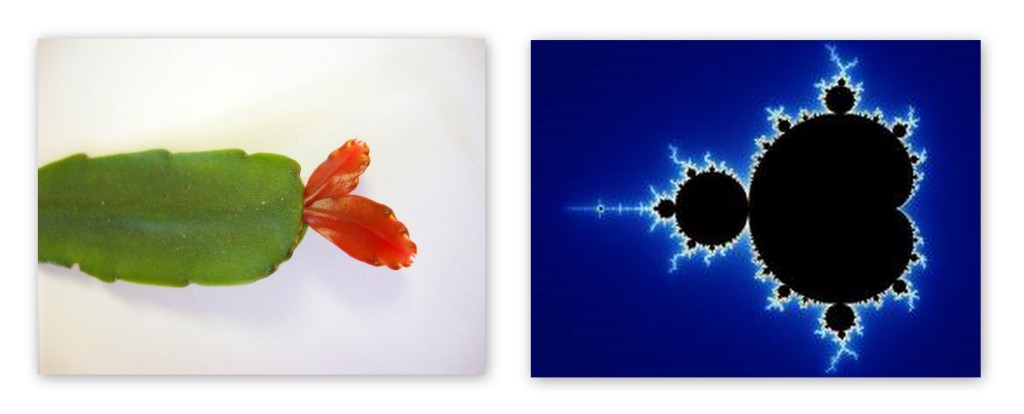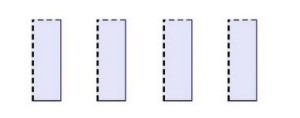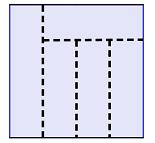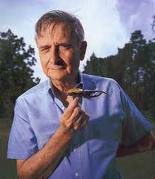 There’s an interesting op-ed in the NYT about how mathematics is used to put food production and consumption into context:
There’s an interesting op-ed in the NYT about how mathematics is used to put food production and consumption into context:
http://www.nytimes.com/2010/08/20/opinion/20budiansky.html
For example, we can measure food transportation costs in calories (as a calorie is, indeed, a unit of energy), and so we can look at production and transportation costs of certain foods and compare them to the calorie content of the food itself. For example, it takes about 5000 calories to produce a 100-calorie head of lettuce.
The author’s intent is to poke holes in some of the common arguments used by proponents of “eating local”: Transportation costs for most foods are neglible compared to household storage and preparation costs, says the author, thus “eating local” is not an especially eco-friendly strategy. However, the author hilmself makes a number of weak and erroneous arguments, comparing “apples to rocks” in some cases.
The piece offers some interesting mathematical ideas and a good critical reading exercise.






